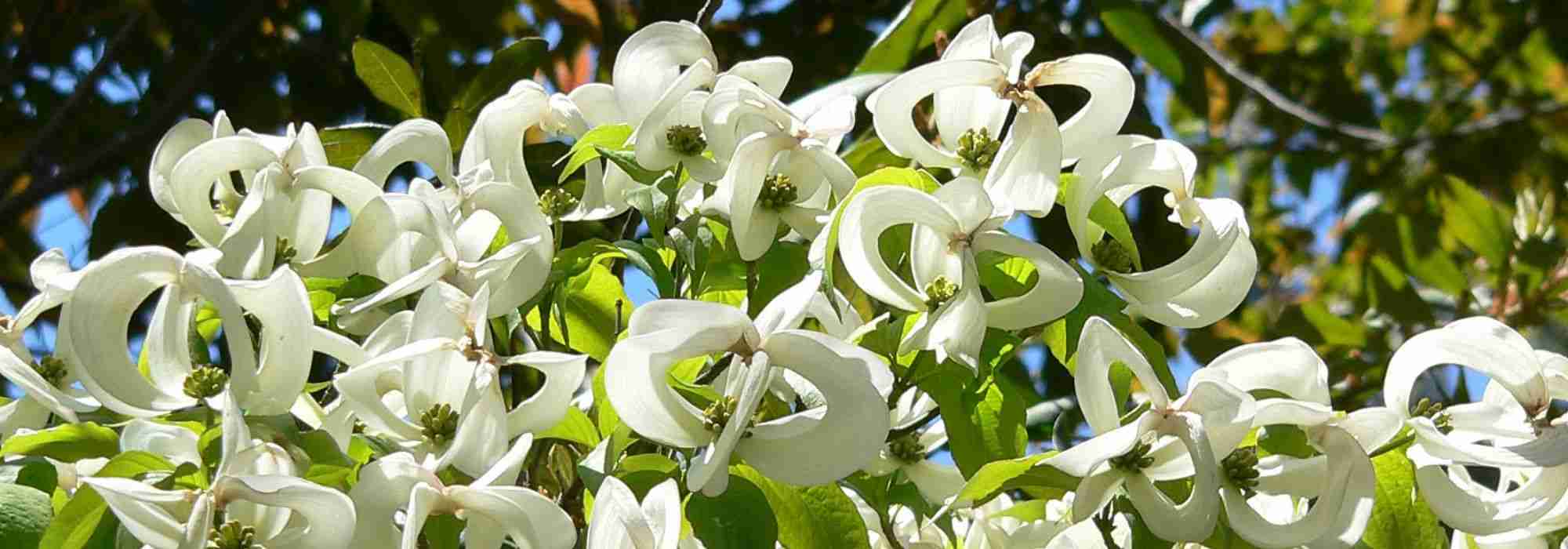
10 original bushes that won't go unnoticed!
Curious, stunning and unconventional
Contents
Incredible! Fantastic! Unbelievable! Good heavens! Zounds! You dream of such exclamations when visitors mooch around your bushes in your little corner of paradise. But alas—three times alas—you only have unassuming, ordinary plants. They’re pretty enough and do the job admirably, as people say, but you long for something else… Plants that turn heads and set imaginations racing… In short, bushes you won’t find on every garden path. Don’t panic, we’re here! Here is a (far too) short selection of original trees and bushes to welcome into your garden.
Garrya elliptica: ice-candle bush
Garrya elliptica is a superb bush native to North America. It has attractive evergreen foliage, dark green above but grey and downy beneath. But it is above all in mid-winter (February–March) that it becomes spectacular when long whitish aments light up the bush like countless icicle candles (Free… Deliver…) on male plants. Indeed, Garrya is a dioecious plant: male and female flowers are not on the same plant. Female plants bear shorter, upright cones. If well sheltered from cold winds, it is hardy down to -12°C, so remain vigilant if severe frosts are forecast in your area. Garrya elliptica is highly recommended for gardens in Brittany or the South West as it tolerates sea spray admirably. Let this beautiful bush, up to three metres high, grow freely as an informal hedge or as a solitary specimen; it will be all the more beautiful for it. Garrya elliptica should be planted in sun, well protected from cold winds, in rich, light soil that remains cool.
Asimina triloba : half-mango, half-banana but 100% hardy!
Asimina triloba or “Paw-Paw” is a fruit tree native to North America that produces large fruits with an astonishing taste somewhere between banana and mango! This small tree has a tropical appearance while being perfectly hardy (-25°C). Flower buds open around April, just before new leaves appear. These are bell-shaped flowers about 5 cm in diameter, purple in colour. The pawpaw can reach a height of ten metres with a pyramidal habit but, in its early years, growth is very slow. Its foliage is deciduous and turns a lovely yellow in autumn. The Paw-Paw prefers deep, moderately fertile, well-drained soil, neutral or slightly acidic pH but well-loosened. Plant it in full sun or possibly in partial shade if summers are very hot. Note that this tree is not susceptible to any disease or pest and that its leaves even have insecticidal properties.
→ to read: “Asimina triloba trilobed, Paw Paw: to plant, to grow, harvest”
Discover other Asimina trees
View all →Available in 2 sizes
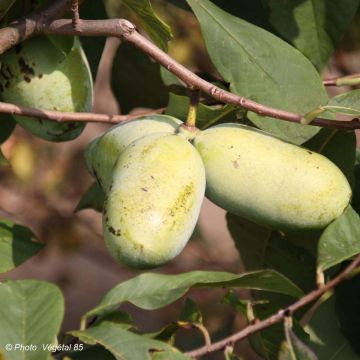
Available in 2 sizes
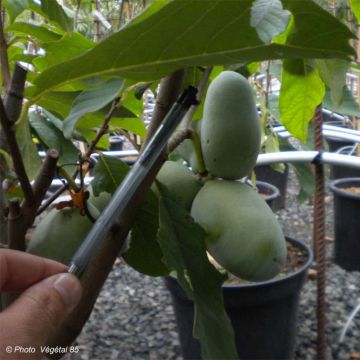
Available in 3 sizes
Available in 1 sizes
Available in 1 sizes
Available in 1 sizes
Available in 1 sizes
Available in 1 sizes
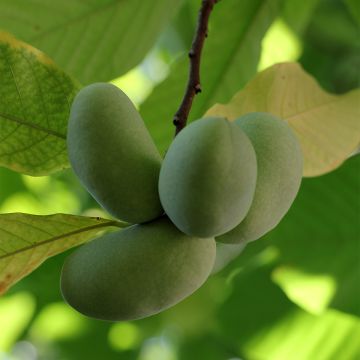
Available in 1 sizes
Available in 1 sizes
Clianthus puniceus: you'll pinch some off
Clianthus puniceus known as “Lobster-claw” or “Parrot’s Beak“ is a superb evergreen bush of the Fabaceae family, native to New Zealand, offering an unusual, exotic but highly ornamental spring flowering. I highly recommend variety ‘Flamingo’. Its flowers consist of astonishing coral-pink petals shaped like a parrot’s beak which, layered one over another, recall crustacean pincers, hence its two common names. Its foliage is finely divided into leaflets with silky undersides. It should only be grown in mild climate (hardiness: -6°C). Clianthus should be planted in full sun in rather calcareous, fertile, well-drained soil that remains cool in summer. It tolerates nitrogen-poor soils because, as a member of Fabaceae family, this bush can fix atmospheric nitrogen to its advantage. It can be grown in a pot and overwintered in a frost-free room.

Distinctive flowering of Clianthus puniceus
Leucadendron salignum: like a daisy tree
Leucadendron salignum is an evergreen bush native to South Africa and belonging to the Proteaceae family. Owing to its South African origin, it is fairly frost-tender (-5°C) and somewhat tricky to grow. Variety ‘Sundance’ is a much-loved hybrid renowned for its exotic appearance, with red stems and magnificent floral bracts ranging from reddish-violet to pale yellow. Numerous stems bear evergreen leaves, ovate to elliptical, covered in silky hairs. Initially light green, they darken to reveal a more reddish tip and margins. Flowering occurs from March to May in our climates. Small bright yellow flowers are surrounded by numerous star-shaped bracts, whose colour changes over time from soft green to pale yellow with an orange tinge. In milder regions, this vigorous bush should be grown in full sun in a light, well-drained, free-draining soil, low in nitrogen and tending towards acidity. But it can also be grown in a large container and overwintered under cover in less favourable regions.
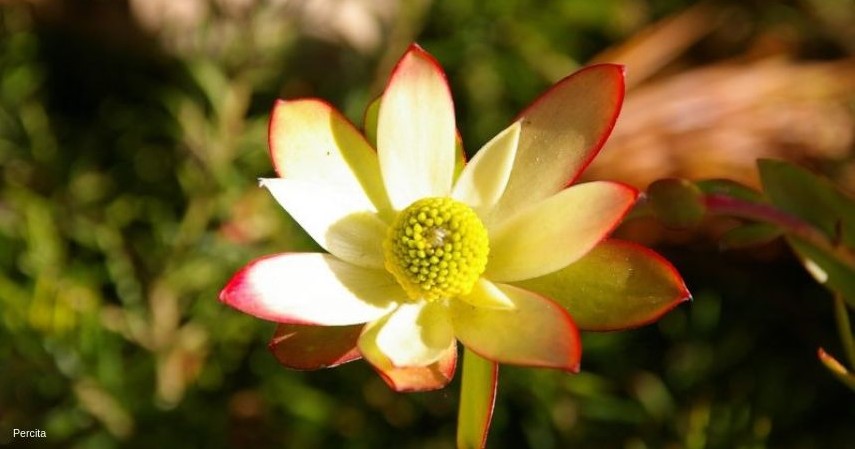
Leucadendron ‘Sundance‘ flower
Schefflera taiwaniana : an indoor plant that escapes into the garden
If you recognise this plant, you might say “they’ve gone mad at promesse de fleurs, it’s a houseplant!“. Indeed, genus Schefflera is more often found in our overheated interiors than in our gardens. But Schefflera taiwaniana is hardy to -12°C and even -15°C if frost does not last too long! It is an evergreen bush native to high-altitude forests of China and Vietnam from family Araliaceae (like Fatsia and… ivy). With its
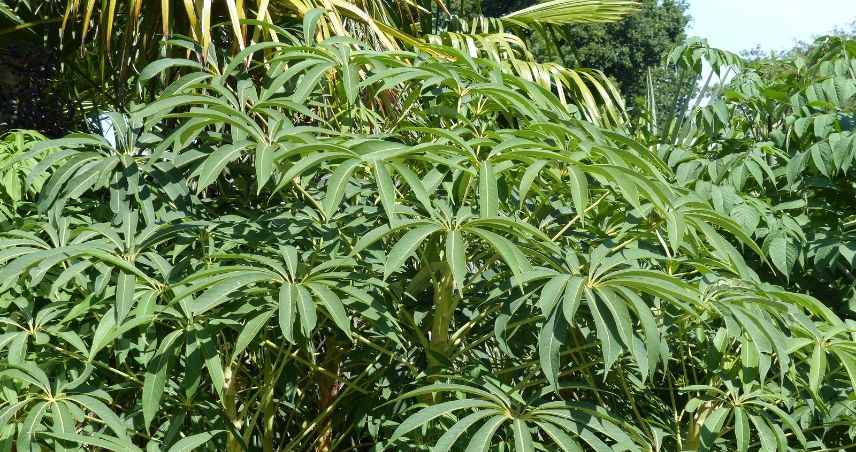
Palmate foliage of Schefflera taiwaniana for a beautiful exotic touch
→ Read: “10 exotic and hardy plants for a Jungle garden”
Rhamnus frangula ‘Asplenifolia’: who would be able to recognise it as an alder buckthorn?
Rhamnus frangula ‘Asplenifolia’ or alder buckthorn with laciniate leaves is a handsome bush native to our regions but with unusually fine leaves. Its very fine leaves, arranged in dense clusters, give a pretty lightness to this bush with a rounded habit that can reach over two metres in every direction. In autumn they take on beautiful golden hues. A highly cut silhouette for a pleasing Japanese effect but which adapts, unlike its Asian relatives, to all soils. This bush is indeed very tolerant of lime (it is, after all, the soil that suits it in its natural medium). You can plant it in partial shade, under trees, or in full sun. If the latter, remember to keep an eye on watering in summer while it is young. Note that the black berries appearing in autumn are much appreciated by birds.
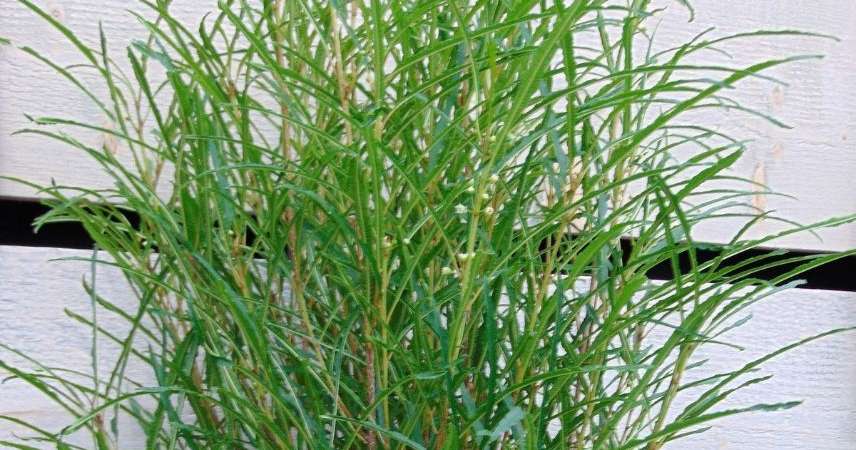
Fine foliage of Rhamnus frangula ‘Fine Line’, light and delicate, resulting from a cross-breeding of R. ‘Asplenifolia’
→ read: Rhamnus, buckthorn, alder buckthorn: plant, prune and maintain
Broussonetia papyrifera: a remarkable Asian paper mulberry
Broussonetia papyrifera or paper mulberry is a hardy bush down to -10°C, native to South-East Asia, family Moraceae (like mulberries). Variety ‘Golden Shadow’ is particularly luminous and bears superbly divided, very exotic-looking foliage, golden-yellow in spring, tinged with green in summer. This small deciduous tree can still reach up to 8 m in height but, fortunately, tolerates pruning very well, allowing it to be kept to more modest dimensions. It flowers in late spring, producing curious globular inflorescences in the form of pale red pom-poms. It is a dioecious bush and the cultivar ‘Golden Shadow’ is a female specimen that will only bear fruit if a male Broussonetia papyrifera is nearby. Broussonetia is very resistant to summer drought and can be grown in sun or partial shade, in ordinary, even calcareous, soil. Note that it can also be grown in a large pot.
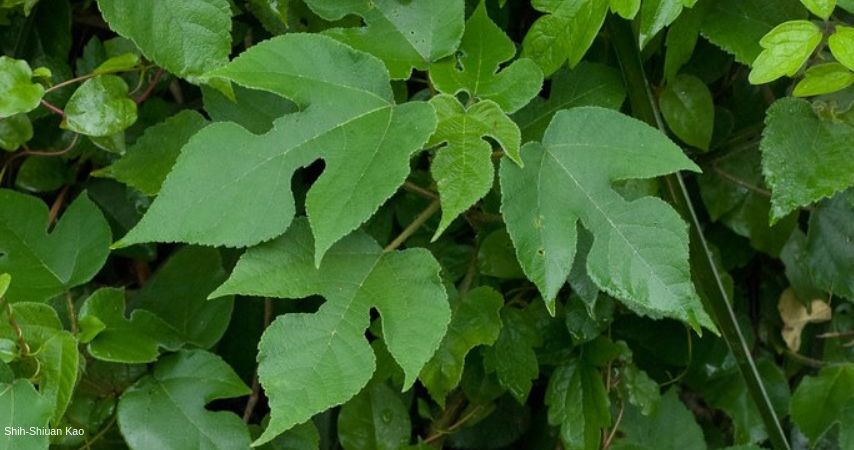
Superbly divided foliage typical of Broussonetia papyrifera
Cornus florida 'Urbiniana': peculiar American dogwood...
I can already hear you: “what could be special about a single Cornus florida?” Think again, subspecies ‘Urbiniana’, native to eastern Mexico, is quite curious with bracts that cluster in the centre into kinds of curious Chinese lanterns. A large bush or exceptional small tree (up to six metres), extremely rare both in the wild and in cultivation, its spring flowering made up of small, green, inconspicuous globular flowers but surrounded by white bracts is as spectacular as its autumn foliage with beautiful red-wine hues that also lasts longer than on the type species. This Cornus florida subsp. urbiniana prefers sunny or semi-shaded, wind-sheltered positions. It likes warmth, which helps its flowering, but is vulnerable to late spring frosts (even more so than a “single” Cornus florida). This bush should be planted in ordinary, slightly acidic, fresh but well-drained soils.
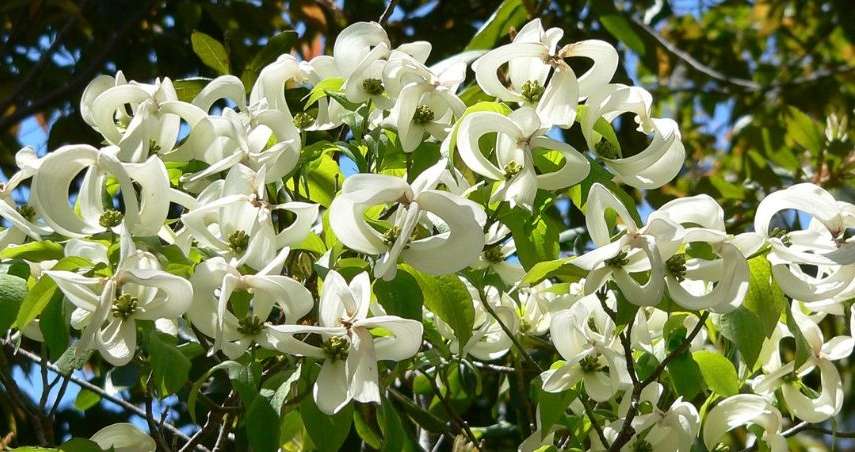
Incredible flowering of Cornus florida subsp. urbiniana
→ to read: Flowering dogwoods: planting, pruning and maintenance
Wollemia nobilis : the comeback!
Wollemia nobilis or Wollemi pine is a very ancient large conifer native to Australia that was believed extinct before it was rediscovered in the bottom of a valley in 1994. This tree is one of the rarest in the world but, fortunately, it has since been propagated widely to save the species. This handsome conifer, of the family Araucariaceae, forms several trunks and has very particular branches that produce a double crown effect: a terminal cone-shaped crown surmounting a narrower pyramidal crown. The branches are clad with foliage of large, supple, flattened needles of a beautiful pale green, arranged horizontally, which is reminiscent of fern fronds. This plant prefers humus-bearing, acidic, cool soil and is sensitive to severe frosts; it is probably only hardy to around -5°C (difficult to be certain with this plant that is not yet very well known). As this large conifer can reach up to twenty metres and tolerates pruning well, it can be kept in garden at reasonable proportions, or even be grown in a pot.
Zenobia pulverulenta : a tree with lily-of-the-valley flowers
Zenobia pulverulenta ‘Blue Sky’ is an evergreen bush of the Ericaceae family (like heathers) that does not go unnoticed during its flowering. From June to July, it bears rounded, white, scented bell-shaped flowers resembling lily-of-the-valley bells. Its leaves, evergreen and leathery, are soft green above, pale blue beneath. It is a small bush rarely exceeding 1.5 metres and will therefore find its place in any garden. Like all members of the Ericaceae family, Zenobia is planted in acidic, fresh, humus-bearing soil in shade or partial shade. You can also plant it in a pot to place in shade.
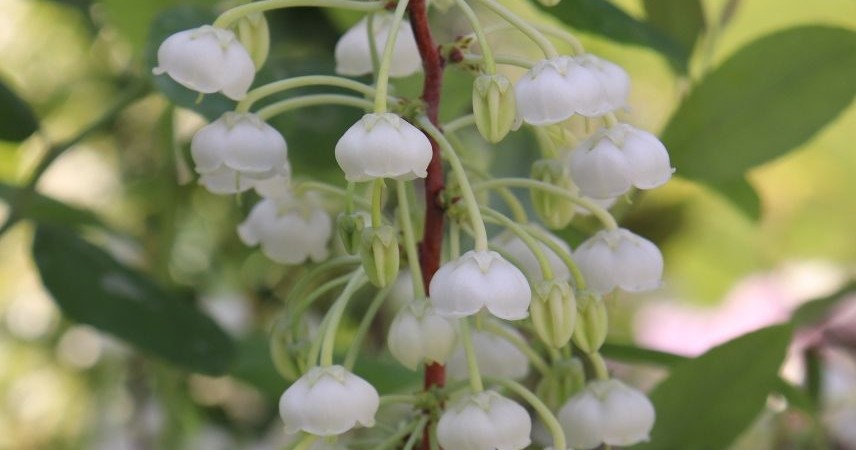
Beautiful bell-shaped flowers of Zenobia pulverulenta ‘Blue Sky’
- Subscribe!
- Contents
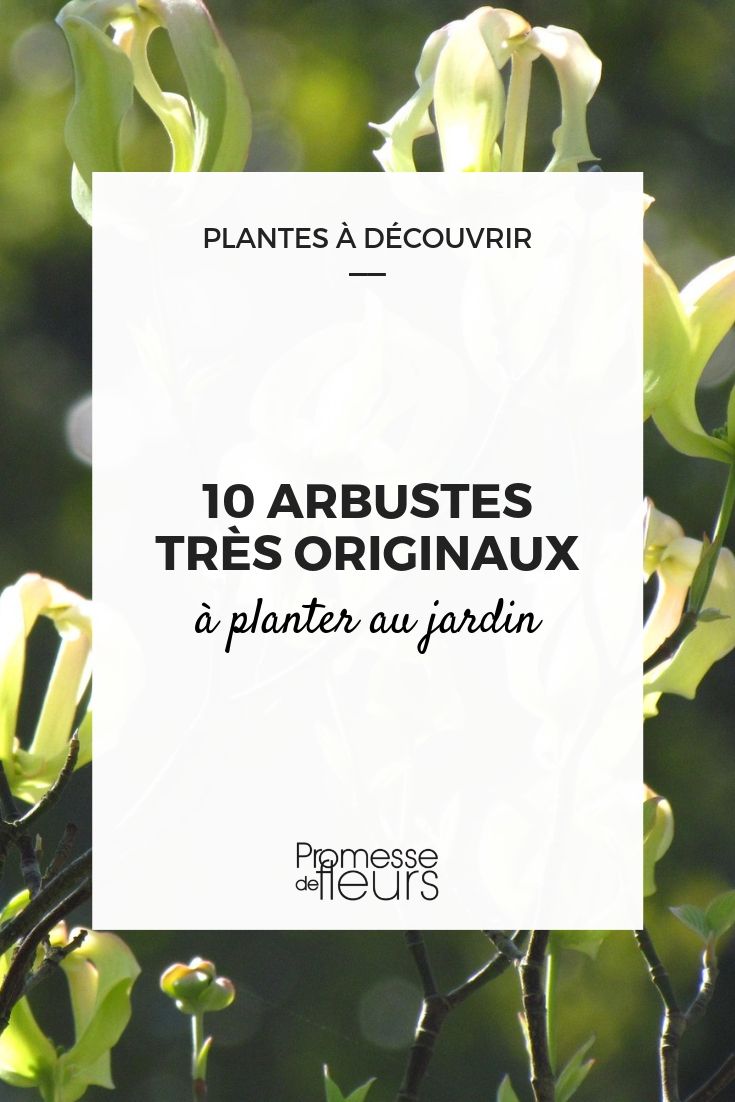































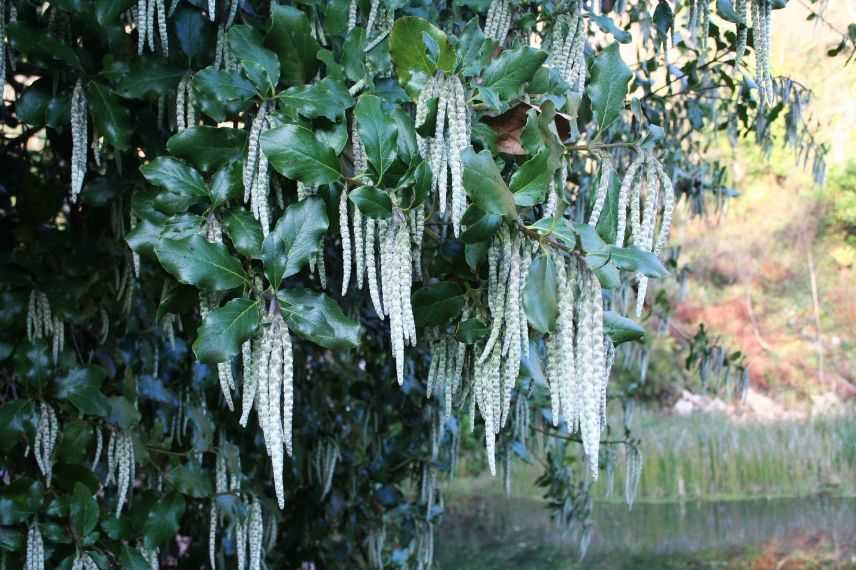

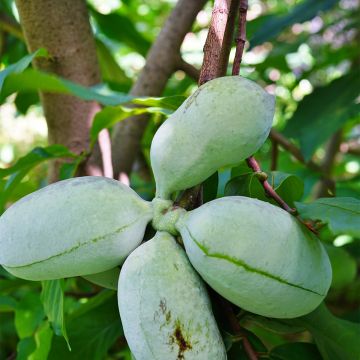
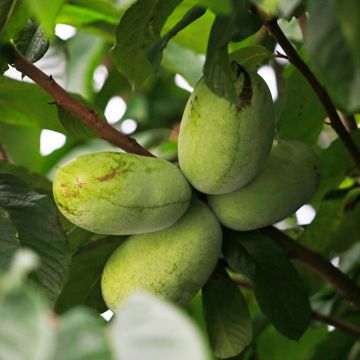
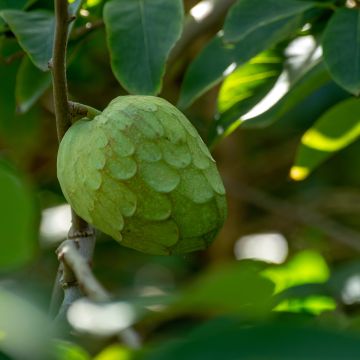
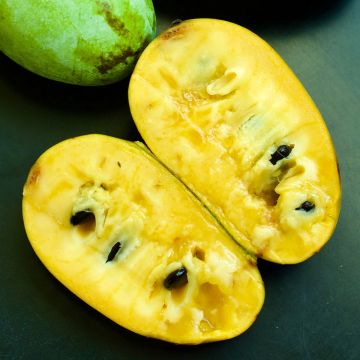
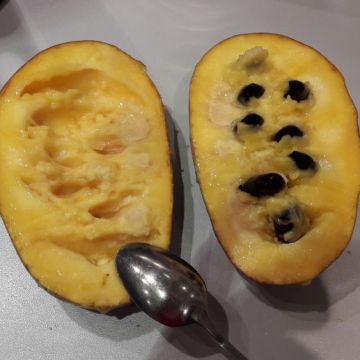
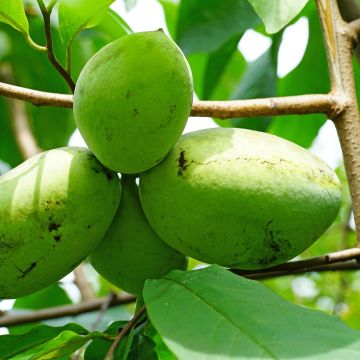
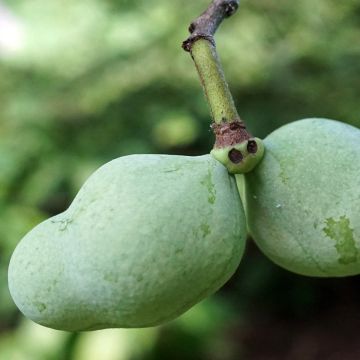
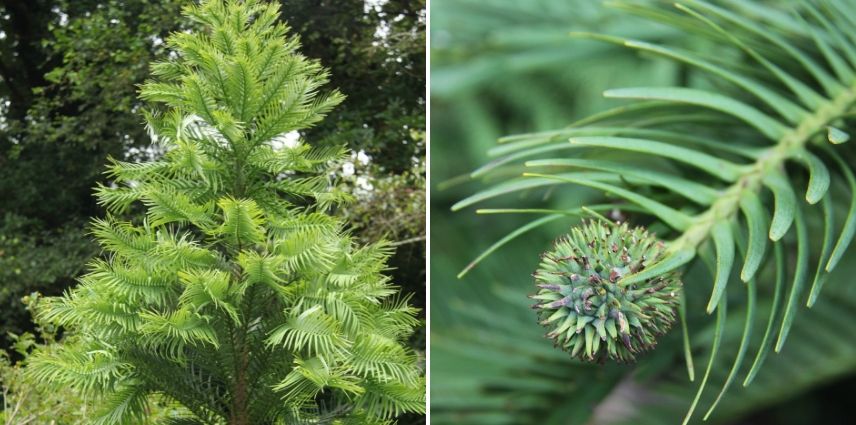
Comments